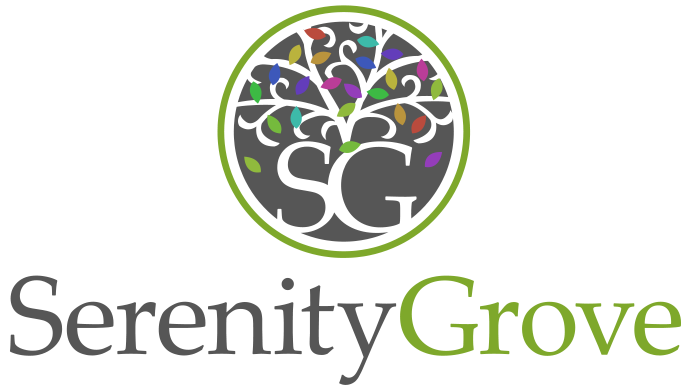DBT is a common acronym in the addiction treatment space. That’s because it is short for a type of therapy that is used often in treating substance abuse and mental health disorders. So what does DBT stand for? It stands for dialectical behavior therapy. This type of therapy is a modified form of cognitive-behavioral therapy. DBT was initially designed to treat borderline personality disorder. It has since been applied to other types of mental health and substance abuse disorders.
Find high-quality addiction therapy programs near you in Georgia by calling Serenity Grove at 844.904.3485.
What Is DBT?
DBT is a form of behavioral therapy. It is often used when treating people who struggle to regulate their emotions or who engage in destructive behavior. Typically, DBT has four main goals:
- Teach people to live in the moment
- Develop healthy coping mechanisms
- Regulate emotions
- Improve interpersonal relationships
To achieve these goals, DBT uses a variety of techniques. A few of these are described in the following section. A round of DBT is split into four stages. Stage one is when self-destructive behaviors are addressed. If they are not, they jeopardize the rest of treatment. For instance, a self-destructive behavior for someone with a severe mental health disorder might be suicidal ideation or self-harm. Those must be dealt with in order to safeguard patient safety, let alone unlock the potential for healing through therapy.
Stage two focuses on improving quality of life. That can involve helping people better handle difficult emotions or fostering stronger relationships. Stage three emphasizes building self-esteem and continuing to support people in developing interpersonal skills. Stage four is focused on planning for the future and helping people build a plan for getting the most from life.
Standard Techniques Used in DBT
DBT relies on a set of core techniques in order to tackle someone’s root issues. The first of these is mindfulness. Mindfulness is the practice of living in the moment and slowing down to experience the world around you. This can be difficult for people who struggle with mental health disorders. Yet it is essential to avoid problematic behaviors and learn to control emotions.
The second technique is distress tolerance. This is the practice of handling crises in healthy, productive ways. Intense emotions are bound to occur. Distress tolerance aids people in addressing them without resorting to damaging behaviors like substance abuse. The third technique is interpersonal effectiveness. In the context of DBT, that often looks like equipping people to be assertive in their relationships and okay with saying no to things. It also means learning to listen effectively.
Finally, the fourth technique is emotion regulation. In many ways, this underpins the other three techniques. Learning positive emotion regulation involves identifying, naming, and ultimately changing your emotion. The point is not that willpower alone can change how you feel. Rather, there are tangible things you can do when feeling complex emotions instead of just letting them control your outlook.
One example of how emotion regulation can look in practice is the opposite action skill. This skill is sometimes taught in DBT as a means of coping with negative emotions. It simply involves identifying how you are feeling and then doing the opposite. So if you are sad and want to withdraw from friends or family, you would instead make plans to be with friends and family.
Access DBT Near You Today at Serenity Grove in Athens, GA
DBT is a highly-flexible type of therapy. It can be applied in group settings, individually, or even virtually in a telehealth setting. DBT is an incredibly helpful therapeutic intervention for numerous people. You could be the next one to benefit from this evidence-based therapy.
Learn more about how Serenity Grove uses DBT to improve quality of life and overcome a range of mental health and substance abuse disorders by calling 844.904.3485 or filling out our online contact form.


